Freeride - Freetouring Skis



- - 43 %
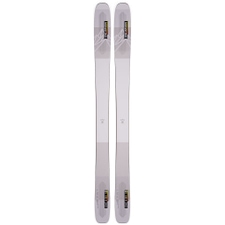 SalomonQST 106 22/23 SkisMSRP 699,95 €399,00 €Available Sizes:165173181189
SalomonQST 106 22/23 SkisMSRP 699,95 €399,00 €Available Sizes:165173181189
- - 33 %
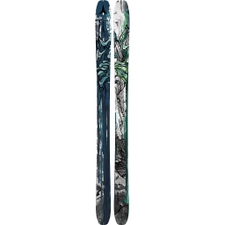 AtomicBent 100 23/24 SkisMSRP 599,95 €399,00 €Available Sizes:164172188
AtomicBent 100 23/24 SkisMSRP 599,95 €399,00 €Available Sizes:164172188
- - 28 %
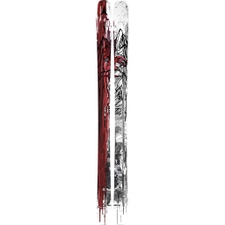 AtomicBent 90 23/24 SkiMSRP 499,95 €359,00 €Available Sizes:157
AtomicBent 90 23/24 SkiMSRP 499,95 €359,00 €Available Sizes:157
- - 60 %
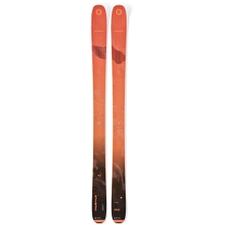 BlizzardHustle 10 23/24 SkisMSRP 749,95 €299,00 €Available Sizes:156164172180
BlizzardHustle 10 23/24 SkisMSRP 749,95 €299,00 €Available Sizes:156164172180 - - 50 %
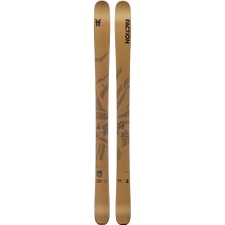 FactionAgent 3 23/24 SkisMSRP 798,95 €399,00 €Available Sizes:172178183188
FactionAgent 3 23/24 SkisMSRP 798,95 €399,00 €Available Sizes:172178183188
- - 25 %
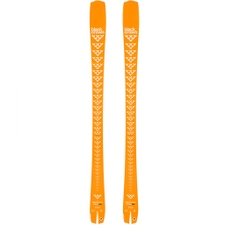 Black CrowsMirus Cor 23/24 SkiMSRP 869,95 €649,00 €Available Sizes:173178184
Black CrowsMirus Cor 23/24 SkiMSRP 869,95 €649,00 €Available Sizes:173178184 - - 41 %
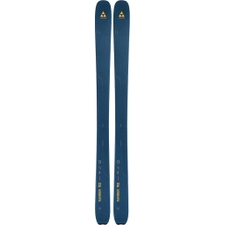 FischerRanger 102 23/24 Ski MenMSRP 779,95 €459,00 €Available Sizes:169176183190
FischerRanger 102 23/24 Ski MenMSRP 779,95 €459,00 €Available Sizes:169176183190 - - 42 %
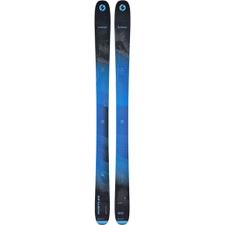 BlizzardRustler 10 22/23 SkisMSRP 599,95 €349,00 €Available Sizes:164172
BlizzardRustler 10 22/23 SkisMSRP 599,95 €349,00 €Available Sizes:164172 - - 36 %
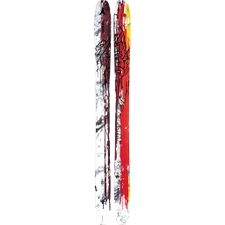 AtomicBent 110 23/24 SkisMSRP 699,95 €449,00 €Available Sizes:172
AtomicBent 110 23/24 SkisMSRP 699,95 €449,00 €Available Sizes:172
- - 41 %
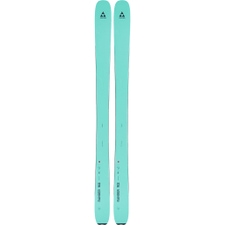 FischerRanger 102 23/24 SkiMSRP 779,95 €459,00 €Available Sizes:155162169176190
FischerRanger 102 23/24 SkiMSRP 779,95 €459,00 €Available Sizes:155162169176190 - - 40 %
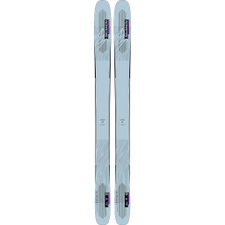 SalomonQST LUX 92 22/23 Skis WomenMSRP 499,95 €299,00 €Available Sizes:146152160168
SalomonQST LUX 92 22/23 Skis WomenMSRP 499,95 €299,00 €Available Sizes:146152160168
- - 31 %
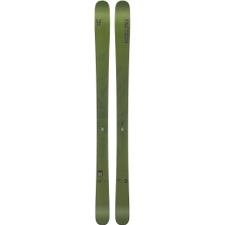 FactionAgent 2 23/24 Skis GreenMSRP 748,95 €519,00 €Available Sizes:163171177182187
FactionAgent 2 23/24 Skis GreenMSRP 748,95 €519,00 €Available Sizes:163171177182187
- - 36 %
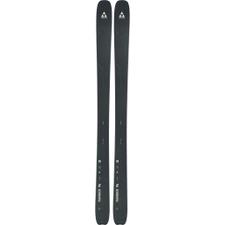 FischerRanger 96 23/24 SkisMSRP 779,95 €499,00 €Available Sizes:173180
FischerRanger 96 23/24 SkisMSRP 779,95 €499,00 €Available Sizes:173180 - - 33 %
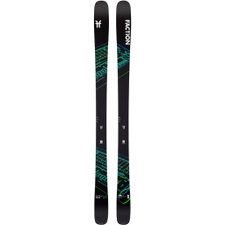 FactionProdigy 1 23/24 SkisMSRP 448,95 €299,00 €Available Sizes:164171178
FactionProdigy 1 23/24 SkisMSRP 448,95 €299,00 €Available Sizes:164171178
- - 41 %
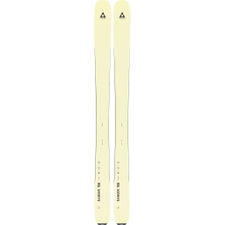 FischerRanger 108 23/24 SkisMSRP 849,95 €499,00 €Available Sizes:171178185192
FischerRanger 108 23/24 SkisMSRP 849,95 €499,00 €Available Sizes:171178185192 - - 33 %
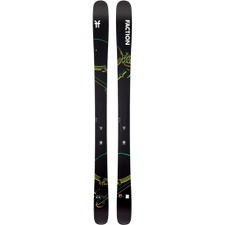 FactionProdigy 2 23/24 SkisMSRP 548,95 €369,00 €Available Sizes:159165171177183
FactionProdigy 2 23/24 SkisMSRP 548,95 €369,00 €Available Sizes:159165171177183
- - 31 %
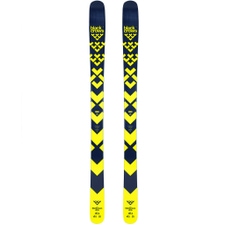 Black CrowsAtris 23/24 Skis MenMSRP 799,95 €549,00 €Available Sizes:172178184190
Black CrowsAtris 23/24 Skis MenMSRP 799,95 €549,00 €Available Sizes:172178184190 - - 64 %
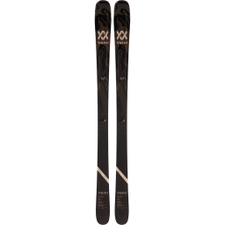 VölklYumi 80 20/21 Skis WomenMSRP 549,95 €199,00 €Available Sizes:154
VölklYumi 80 20/21 Skis WomenMSRP 549,95 €199,00 €Available Sizes:154 - - 50 %
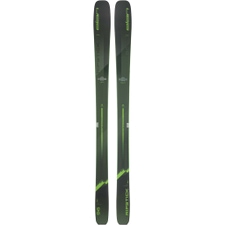 ElanRipstick 96 23/24 SkisMSRP 699,95 €349,00 €Available Sizes:164172180188
ElanRipstick 96 23/24 SkisMSRP 699,95 €349,00 €Available Sizes:164172180188
- - 45 %
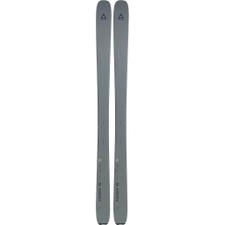 FischerRanger 90 23/24 SkisMSRP 729,95 €399,00 €Available Sizes:177184
FischerRanger 90 23/24 SkisMSRP 729,95 €399,00 €Available Sizes:177184 - - 38 %
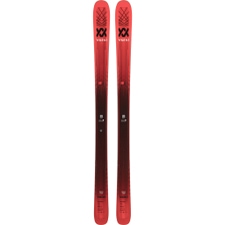 VölklM6 Mantra 23/24 SkisMSRP 799,95 €499,00 €Available Sizes:163
VölklM6 Mantra 23/24 SkisMSRP 799,95 €499,00 €Available Sizes:163
- - 55 %
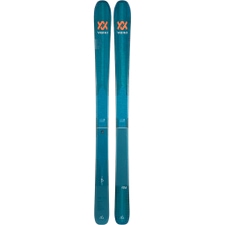 VölklBlaze 106 22/23 Skis MenMSRP 769,95 €349,00 €Available Sizes:165179
VölklBlaze 106 22/23 Skis MenMSRP 769,95 €349,00 €Available Sizes:165179
- - 40 %
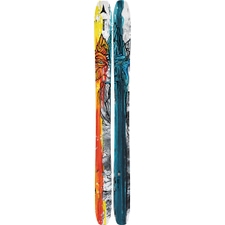 AtomicBent Chetler 120 23/24 SkisMSRP 799,95 €479,00 €Available Sizes:176184192
AtomicBent Chetler 120 23/24 SkisMSRP 799,95 €479,00 €Available Sizes:176184192
- - 47 %
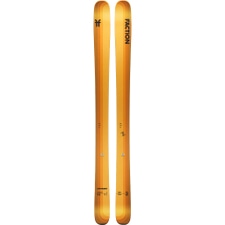 FactionDancer 3 23/24 SkisMSRP 748,95 €399,00 €Available Sizes:188
FactionDancer 3 23/24 SkisMSRP 748,95 €399,00 €Available Sizes:188
- - 42 %
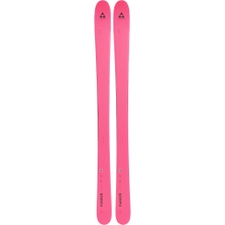 FischerRanger 23/24 Skis WomenMSRP 449,95 €259,00 €Available Sizes:182
FischerRanger 23/24 Skis WomenMSRP 449,95 €259,00 €Available Sizes:182 - - 43 %
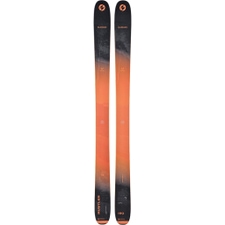 BlizzardRustler 11 22/23 SkisMSRP 699,95 €399,00 €Available Sizes:180
BlizzardRustler 11 22/23 SkisMSRP 699,95 €399,00 €Available Sizes:180 - - 39 %
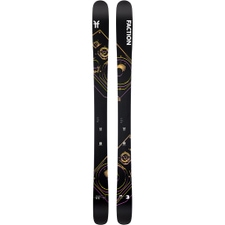 FactionProdigy 3 23/24 SkisMSRP 648,95 €399,00 €Available Sizes:172184190
FactionProdigy 3 23/24 SkisMSRP 648,95 €399,00 €Available Sizes:172184190
- - 50 %
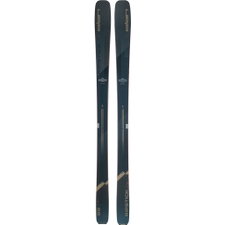 ElanRipstick 88 23/24 SkisMSRP 599,95 €299,00 €Available Sizes:156164172
ElanRipstick 88 23/24 SkisMSRP 599,95 €299,00 €Available Sizes:156164172
- - 33 %
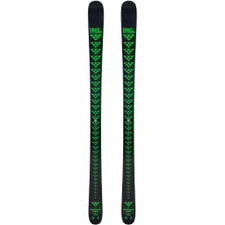 Black CrowsCaptis 23/24 Skis MenMSRP 599,95 €399,00 €Available Sizes:172178184
Black CrowsCaptis 23/24 Skis MenMSRP 599,95 €399,00 €Available Sizes:172178184 - - 42 %
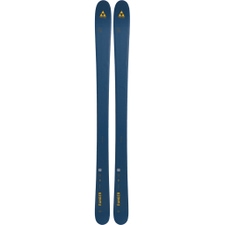 FischerRanger 23/24 Skis KidsMSRP 449,95 €259,00 €Available Sizes:142152162172
FischerRanger 23/24 Skis KidsMSRP 449,95 €259,00 €Available Sizes:142152162172 - - 29 %
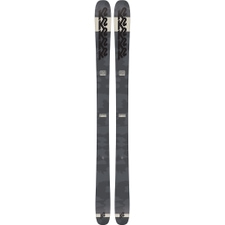 K2Reckoner 92 23/24 SkisMSRP 379,95 €269,00 €Available Sizes:169
K2Reckoner 92 23/24 SkisMSRP 379,95 €269,00 €Available Sizes:169
- - 28 %
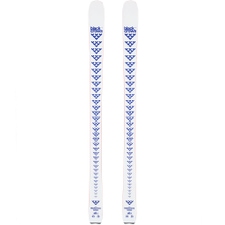 Black CrowsSerpo 23/24 SkisMSRP 829,95 €599,00 €Available Sizes:168174180186
Black CrowsSerpo 23/24 SkisMSRP 829,95 €599,00 €Available Sizes:168174180186 - - 50 %
 FactionProdigy 1 22/23 SkisMSRP 398,95 €199,00 €Available Sizes:178
FactionProdigy 1 22/23 SkisMSRP 398,95 €199,00 €Available Sizes:178
- - 20 %
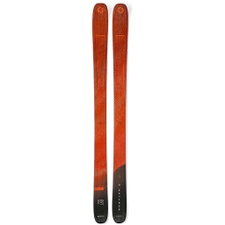 BlizzardRustler 9 23/24 Skis 001MSRP 649,95 €519,00 €Available Sizes:162168
BlizzardRustler 9 23/24 Skis 001MSRP 649,95 €519,00 €Available Sizes:162168 - - 33 %
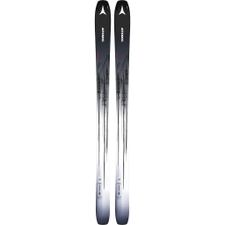 AtomicMaverick 95 TI 23/24 SkisMSRP 749,95 €499,00 €Available Sizes:172180
AtomicMaverick 95 TI 23/24 SkisMSRP 749,95 €499,00 €Available Sizes:172180
- - 31 %
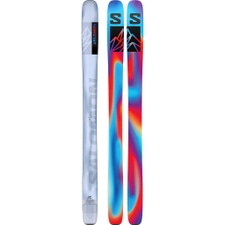 SalomonQST Blank 23/24 SkisMSRP 829,95 €569,00 €Available Sizes:194
SalomonQST Blank 23/24 SkisMSRP 829,95 €569,00 €Available Sizes:194
- - 26 %
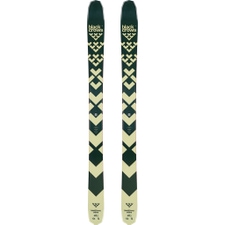 Black CrowsAnima 23/24 Skis MenMSRP 879,95 €649,00 €Available Sizes:176189194
Black CrowsAnima 23/24 Skis MenMSRP 879,95 €649,00 €Available Sizes:176189194 - - 27 %
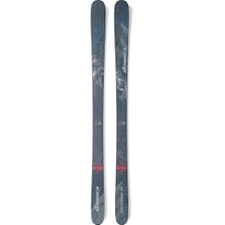 NordicaEnforcer 88 23/24 SkisMSRP 659,95 €479,00 €Available Sizes:165
NordicaEnforcer 88 23/24 SkisMSRP 659,95 €479,00 €Available Sizes:165 - - 54 %
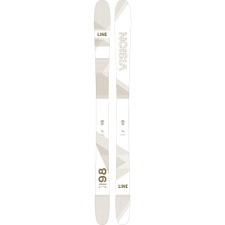 LineVision 98 22/23 SkisMSRP 649,95 €299,00 €Available Sizes:179
LineVision 98 22/23 SkisMSRP 649,95 €299,00 €Available Sizes:179 - - 32 %
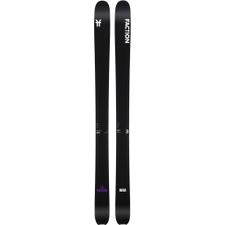 FactionLa Machine 3 Mega 23/24 Skis BlackMSRP 878,95 €599,00 €Available Sizes:165172178184
FactionLa Machine 3 Mega 23/24 Skis BlackMSRP 878,95 €599,00 €Available Sizes:165172178184
- - 42 %
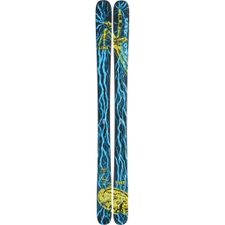 LineChronic 101 23/24 SkisMSRP 599,95 €349,00 €Available Sizes:165172179186
LineChronic 101 23/24 SkisMSRP 599,95 €349,00 €Available Sizes:165172179186 - - 40 %
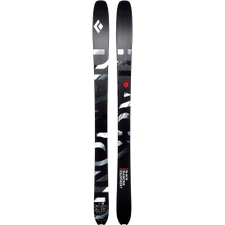 Black DiamondImpulse 98 23/24 SkisMSRP 749,95 €449,00 €Available Sizes:161
Black DiamondImpulse 98 23/24 SkisMSRP 749,95 €449,00 €Available Sizes:161
- - 62 %
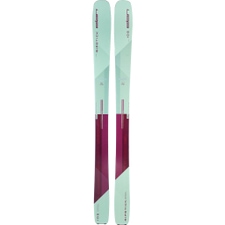 ElanRipstick 102 W 21/22 Skis WomenMSRP 649,95 €249,00 €Available Sizes:178
ElanRipstick 102 W 21/22 Skis WomenMSRP 649,95 €249,00 €Available Sizes:178 - - 29 %
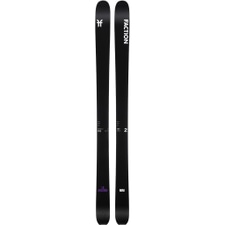 FactionLa Machine Mini 23/24 Skis BlackMSRP 848,95 €599,00 €Available Sizes:157164171177183
FactionLa Machine Mini 23/24 Skis BlackMSRP 848,95 €599,00 €Available Sizes:157164171177183
- - 33 %
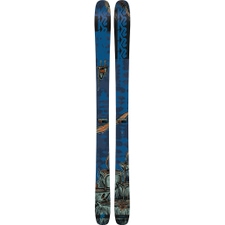 K2Reckoner 102 23/24 SkisMSRP 599,95 €399,00 €Available Sizes:163170177184
K2Reckoner 102 23/24 SkisMSRP 599,95 €399,00 €Available Sizes:163170177184
- - 54 %
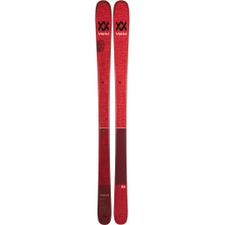 VölklBlaze 86 22/23 Skis MenMSRP 649,95 €299,00 €Available Sizes:159
VölklBlaze 86 22/23 Skis MenMSRP 649,95 €299,00 €Available Sizes:159
- - 47 %
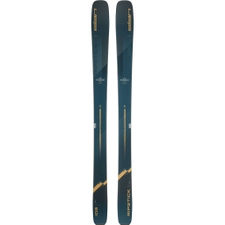 ElanRipstick 106 23/24 SkiMSRP 749,95 €399,00 €Available Sizes:180188
ElanRipstick 106 23/24 SkiMSRP 749,95 €399,00 €Available Sizes:180188
- - 39 %
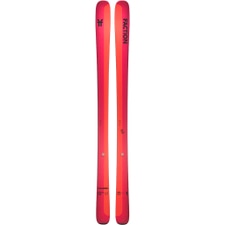 FactionDancer 1 23/24 SkisMSRP 648,95 €399,00 €Available Sizes:162170178
FactionDancer 1 23/24 SkisMSRP 648,95 €399,00 €Available Sizes:162170178
- - 38 %
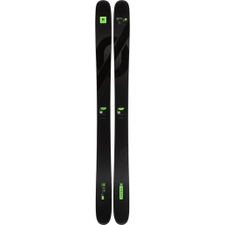 ArmadaARV 116 JJ UL 23/24 SkisMSRP 799,95 €499,00 €Available Sizes:165175
ArmadaARV 116 JJ UL 23/24 SkisMSRP 799,95 €499,00 €Available Sizes:165175
- - 54 %
 ElanRipstick 94 W 23/24 Skis WomenMSRP 649,95 €299,00 €Available Sizes:162170178
ElanRipstick 94 W 23/24 Skis WomenMSRP 649,95 €299,00 €Available Sizes:162170178
- - 24 %
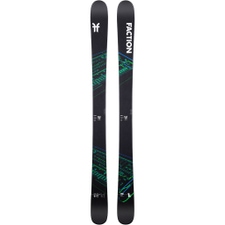 FactionProdigy 1 Grom 23/24 Skis KidsMSRP 328,95 €249,00 €Available Sizes:125135145155
FactionProdigy 1 Grom 23/24 Skis KidsMSRP 328,95 €249,00 €Available Sizes:125135145155
- - 45 %
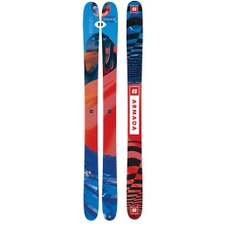 ArmadaARV 100 23/24 SkisMSRP 649,95 €359,00 €Available Sizes:158
ArmadaARV 100 23/24 SkisMSRP 649,95 €359,00 €Available Sizes:158
- - 30 %
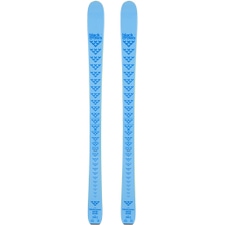 Black CrowsVertis Birdie 23/24 Skis WomenMSRP 659,95 €459,00 €Available Sizes:152159169
Black CrowsVertis Birdie 23/24 Skis WomenMSRP 659,95 €459,00 €Available Sizes:152159169 - - 44 %
 FactionAgent 3X 23/24 Skis Red WomenMSRP 798,95 €449,00 €Available Sizes:164172178
FactionAgent 3X 23/24 Skis Red WomenMSRP 798,95 €449,00 €Available Sizes:164172178
- - 43 %
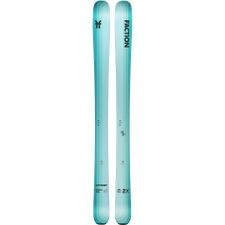 FactionDancer 2X 23/24 Skis WomenMSRP 698,95 €399,00 €Available Sizes:155163171177
FactionDancer 2X 23/24 Skis WomenMSRP 698,95 €399,00 €Available Sizes:155163171177
- - 33 %
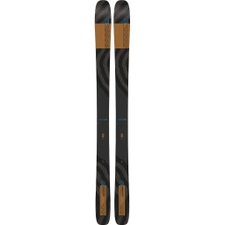 K2Mindbender 96C 23/24 SkisMSRP 599,95 €399,00 €Available Sizes:166172178184
K2Mindbender 96C 23/24 SkisMSRP 599,95 €399,00 €Available Sizes:166172178184
- - 42 %
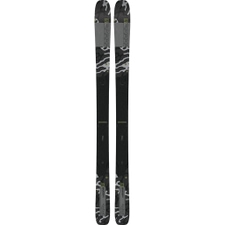 K2Mindbender 99 TI 23/24 SkisMSRP 779,95 €449,00 €Available Sizes:172178184190
K2Mindbender 99 TI 23/24 SkisMSRP 779,95 €449,00 €Available Sizes:172178184190
- - 56 %
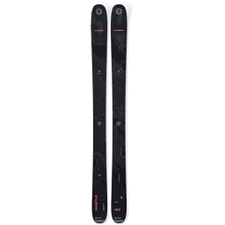 BlizzardHustle 11 23/24 SkisMSRP 799,95 €349,00 €Available Sizes:164172180188192
BlizzardHustle 11 23/24 SkisMSRP 799,95 €349,00 €Available Sizes:164172180188192 - - 52 %
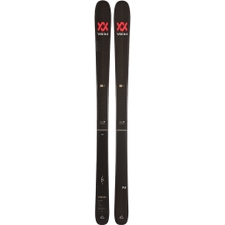 VölklBlaze 94 22/23 Skis MenMSRP 719,95 €349,00 €Available Sizes:158
VölklBlaze 94 22/23 Skis MenMSRP 719,95 €349,00 €Available Sizes:158
- - 38 %
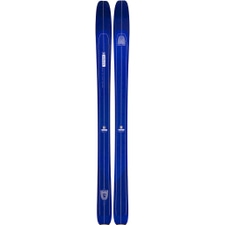 ArmadaLocator 104 23/24 SkisMSRP 799,95 €499,00 €Available Sizes:162
ArmadaLocator 104 23/24 SkisMSRP 799,95 €499,00 €Available Sizes:162
- - 34 %
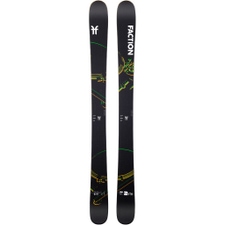 FactionProdigy 2 Yth 23/24 Skis KidsMSRP 378,95 €249,00 €Available Sizes:149159
FactionProdigy 2 Yth 23/24 Skis KidsMSRP 378,95 €249,00 €Available Sizes:149159
- - 30 %
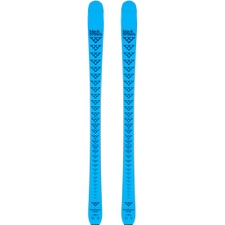 Black CrowsVertis 23/24 Skis MenMSRP 659,95 €459,00 €Available Sizes:170175180
Black CrowsVertis 23/24 Skis MenMSRP 659,95 €459,00 €Available Sizes:170175180 - - 55 %
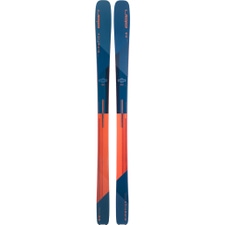 ElanRipstick 88 21/22 SkisMSRP 549,95 €249,00 €Available Sizes:148
ElanRipstick 88 21/22 SkisMSRP 549,95 €249,00 €Available Sizes:148
- - 38 %
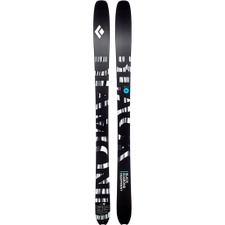 Black DiamondImpulse 104 23/24 SkisMSRP 799,95 €499,00 €Available Sizes:172
Black DiamondImpulse 104 23/24 SkisMSRP 799,95 €499,00 €Available Sizes:172 - - 31 %
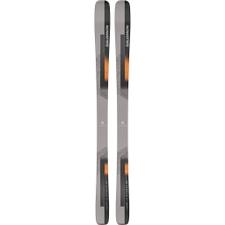 SalomonStance 84 23/24 SkisMSRP 549,95 €379,00 €Available Sizes:161177185
SalomonStance 84 23/24 SkisMSRP 549,95 €379,00 €Available Sizes:161177185
- - 31 %
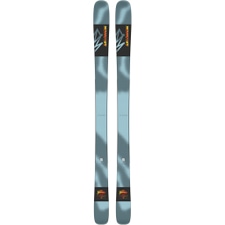 SalomonQST Spark 23/24 Skis Aquatic/flame Orange/MSRP 359,95 €249,00 €Available Sizes:150157164
SalomonQST Spark 23/24 Skis Aquatic/flame Orange/MSRP 359,95 €249,00 €Available Sizes:150157164
- - 27 %
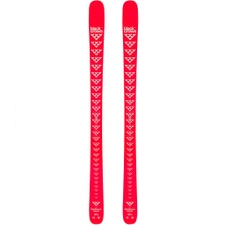 Black CrowsCamox 23/24 Skis MenMSRP 749,95 €549,00 €Available Sizes:180186
Black CrowsCamox 23/24 Skis MenMSRP 749,95 €549,00 €Available Sizes:180186 - - 50 %
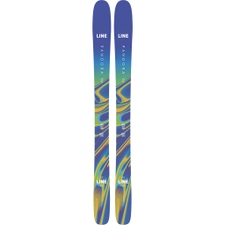 LinePandora 104 W 22/23 Skis WomenMSRP 599,95 €299,00 €Available Sizes:165
LinePandora 104 W 22/23 Skis WomenMSRP 599,95 €299,00 €Available Sizes:165 - - 47 %
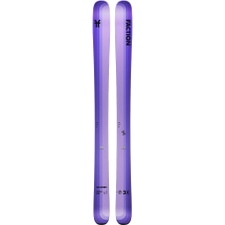 FactionDancer 3X 23/24 Skis WomenMSRP 748,95 €399,00 €Available Sizes:164172178
FactionDancer 3X 23/24 Skis WomenMSRP 748,95 €399,00 €Available Sizes:164172178
- - 43 %
 FactionDancer 2 23/24 SkisMSRP 698,95 €399,00 €Available Sizes:171182187
FactionDancer 2 23/24 SkisMSRP 698,95 €399,00 €Available Sizes:171182187
- - 24 %
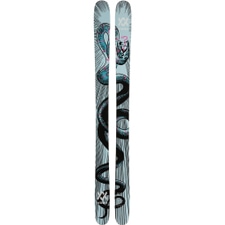 VölklRevolt 104 23/24 SkisMSRP 549,95 €419,00 €Available Sizes:188
VölklRevolt 104 23/24 SkisMSRP 549,95 €419,00 €Available Sizes:188 - - 28 %
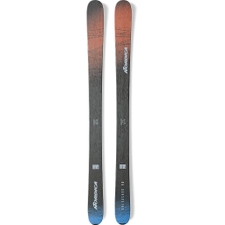 NordicaUnleashed 90 23/24 SkisMSRP 329,95 €239,00 €Available Sizes:152160
NordicaUnleashed 90 23/24 SkisMSRP 329,95 €239,00 €Available Sizes:152160



More about Freeride & Freetouring Ski
Whether you want to get to the mountain quickly with your bike and skis mounted on the frame, or arrive at the ski resort after a tiring traffic jam. You just want to get up the mountain in an easy way and sometimes take the gondola? But you still conquer the last metres of altitude in steep gullies or hidden peaks with skins, poles and muscle power? Then freeride & freetouring skis are exactly the right instruments for making harmonious turns on still untracked slopes.
Honestly, we really racked our brains over the category of freeride & freetouring skis – what are actually freeride skis, and what are rather wide touring skis? The similarities between these supposed categories are so great that the usage, whether purely alpine (downhill) or in the ski touring sector, can no longer be clearly defined, and indeed must be!
“Free”, says it all, you can decide whether you want to ski massive powder runs at half-hour intervals or maybe reach the summit before the first rays of sunshine. This category blurs the boundaries between lightweight all-round touring skis and thick freeride planks.
With partners like Armada, Atomic, Rossignol, DPS, Black Crows, Faction and many more, we offer you a versatile range of freeride & free touring skis. Whether you still consider yourself a beginner or you've been skiing for years, with this category guide, we'll help you find the right freeride & touring ski. Come with us into the sandbox, we'll build your ski set!

Radius, Waist, Rocker & Co.
From tips and tails with surfboard-like shapes to dead straight skis, the cut of freeride and freetouring skis varies enormously and results in a wide range of key figures such as the radius or the lift behaviour in the deep snow.
The radius can be calculated from the cut, in other words the proportions of the ski and the ski length. Within a certain ski length, this provides information about turning ability and smoothness. If you often ski in groves, or you have to do switchbacks in gullies, a ski with a slightly shorter radius is recommended. This ski helps when there is not enough room to turn. Do you like to go a bit faster? When things get close, you just let it go? Then the longer radius will probably make you happy. Big turns on wide slopes are no problem! Long radiuses lead to maximum control at high speeds.
The center width easily indicates how much snow can be displaced and how the skis float. Also, when landing in deep snow, a little more centre width will help you with stability. Watch out when traversing! In compact, icy conditions, skis with a higher centre width are much more difficult to set. Steadiness is key here. Just pack the crampons, and you'll be on the safe side in a worst-case scenario.
The rocker provides information about the bending and beak behaviour of the ski under load, and therefore also determines how the edges will have grip. Freeride & freetouring skis have at least a tip rocker. The tip bends upwards against the preload. Depending on the manufacturer and model, the beak behaviour is more pronounced or reduced. Tip-rockered, tail-rockered and full-rockered skis offer maximum lift and playful riding characteristics. Over-rotated into the landing and going into reverse, no problem with rockered ski tails! Similar to the centre width, heavily rockered skis have an effect on the contact pressure of the edges and skins. Therefore, be careful when traversing.

136-112-128 und du?
Differences in materials for freeride & touring skis?
Basically, all manufacturers use, less or more, the same raw materials for ski production. These Fabrics differ, depending on the desired skiing characteristics or criteria such as weight, torsion and bending behaviour. While lighter wood cores are used for lighter skis, wood cores with a high fibre density are used for more rigid skis. The wood core, which takes up the largest volume in the ski, lays the foundation for the later characteristics. Wood types such as caruba, poplar, ash, or even paulownia provide the basic material.
The cores are reinforced by carbon and glass fibre mats, titanal plates and many other layers. Each Fabric have its own special properties; vulcanized rubber, for example, has a vibration-damping effect.
Hybrid construction methods not only protect the core. Power transmission is created and, on the other hand, natural vibration is reduced, which ensures that the skis run smoothly and controllably at high speeds and impacts.
The sidewalls serve as fine-tuning of the desired stiffness. These are made of plastic and are glued and pressed together with the core and the various shells, layers, and edges.
Stiff and heavier freeride and touring skis are still pleasant to ski on hard slopes if there is no snow. With lighter and also full-rocker skis, unfortunately, you will quickly have a lack of edge pressure.

Bindings & boots for freeride and touring skis
Let's see, you've found your freeride or freetouring ski, and maybe you're one step further in the set configurator. Now you can choose from a variety of bindings. Using the “Ski-Category” filters, you can now either filter for ski touring bindings or you can choose alpine bindings and get a finer selection of each type. We recommend freeride bindings for alpine use and bindings for freetouring.
Bindings of this type establish an optimized power transmission between skis and boots and guarantee better releases for either alpine or more stable touring ski boots. Freetouring bindings enclose the boots more extensively at the contact points and fit sensibly into the overall concept of freeride and freetouring skis.
The choice of boots depends individually on your wishes. Alpine boots without pin compatibility can only be combined with alpine bindings. For freeride and freetouring skis, ski boots with a longer shaft and a buckle system are best suited. The heavier, longer and wider your ski is, the more pressure you will get over your shins. A longer shaft will help you then, with a better distribution of force and pressure.
Also, when buying ski touring bindings, make sure that they offer attachments for crampons. Keyword: traversing! The same applies to touring boots, whereby the majority of the freetouring boots support crampons.

What length for freeride and freetouring skis?
Depending on the respective skill level and the usage area, for beginners we recommend a length just below the body height for freetouring skis. If your skiing skills are already advanced, you can choose a slightly longer ski. If you only ski downhill and don't make any hairpin turns, you can choose a slightly longer ski even as a beginner. Just take a look at our blog post “Ski Length Guide” there you will find even more information!
Equipment that should not be missed in any case!
You have your ski set configured? Maybe already ordered? You are excited about your new Fabrics and wonder if there is anything missing? The following “Hardware” material list helps you to complete your equipment and ensures flexibility, safety, and comfort on the mountain! Depending on the use, you can of course do without one or the other components.
Bucket list Freeride & Freetouring skis
• Touring skins, will be cut by us on request (order note)
• Crampons, matching the binding, for icy climbs and traverses
• Crampons & ice axe, for summit climbing in hard conditions
• Touring ski or powder poles, for small pack size in telescopic version
• Ski touring helmet, lightweight, well ventilated, also suitable for going uphill
• Avalanche transceiver set with shovel, probe, and locator
• Avalanche backpack, gas pressure or compressor system
• Thermos bottle and bottle pocket for backpack carrier attachment
• Climbing harness, light and compact for fast rappelling
• Single rope, webbing sling, HMS carabiner, for belaying and rappelling
Do you need more information around the topics: Freeride, Freetouring and Alpine Ski Mountaineering? Check out our blog articles. These are constantly fed with test reports, guides, and events.
Maybe there is already something for you here:
Which type of rocker is the right one for me?
Safely on the move with the right avalanche equipment
The great ski goggles guide: glasses, size and fit
Freetouring - the unique combination of touring and freeriding
Tips & Tricks: A guide to ski waxing
We hope you enjoy reading!
